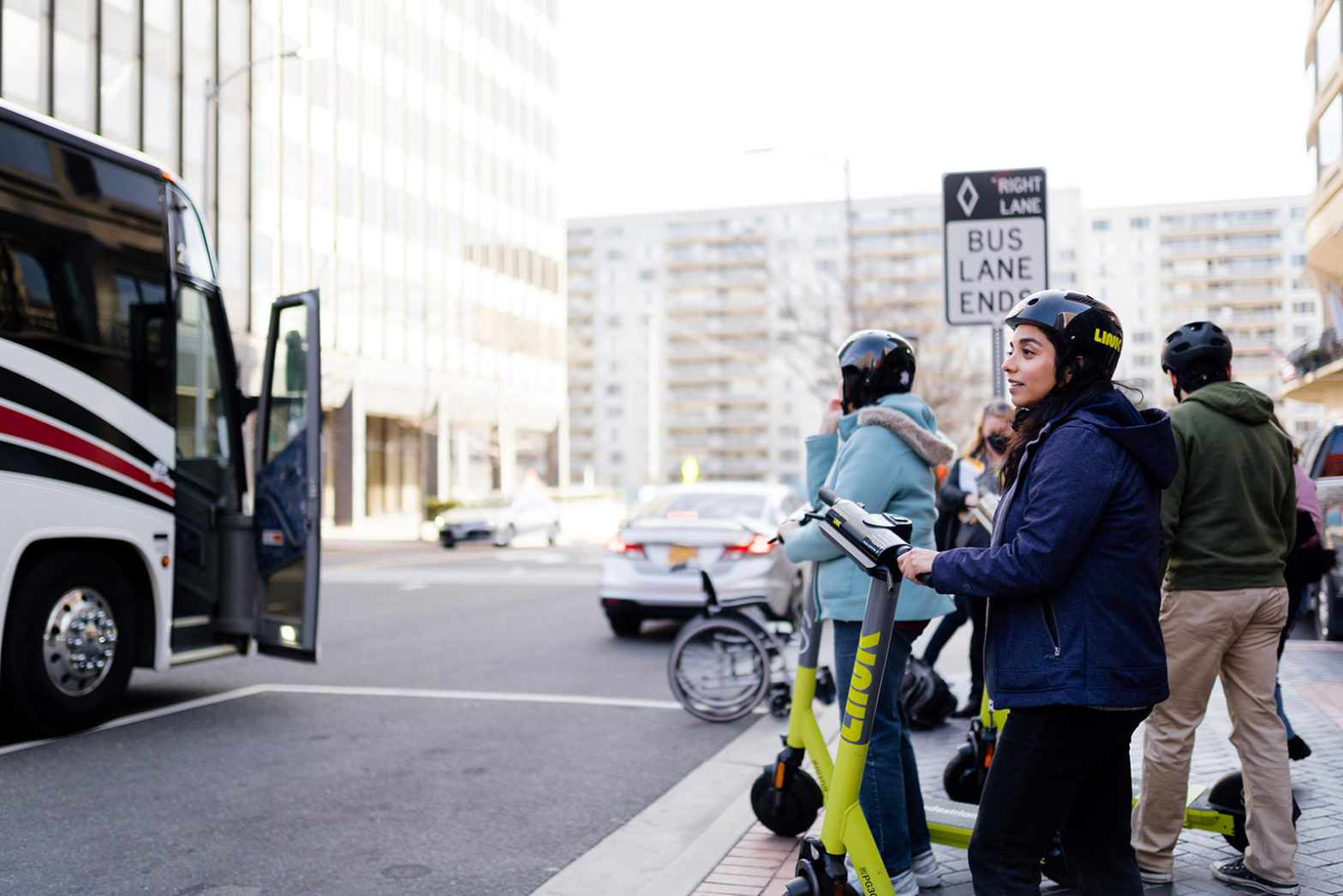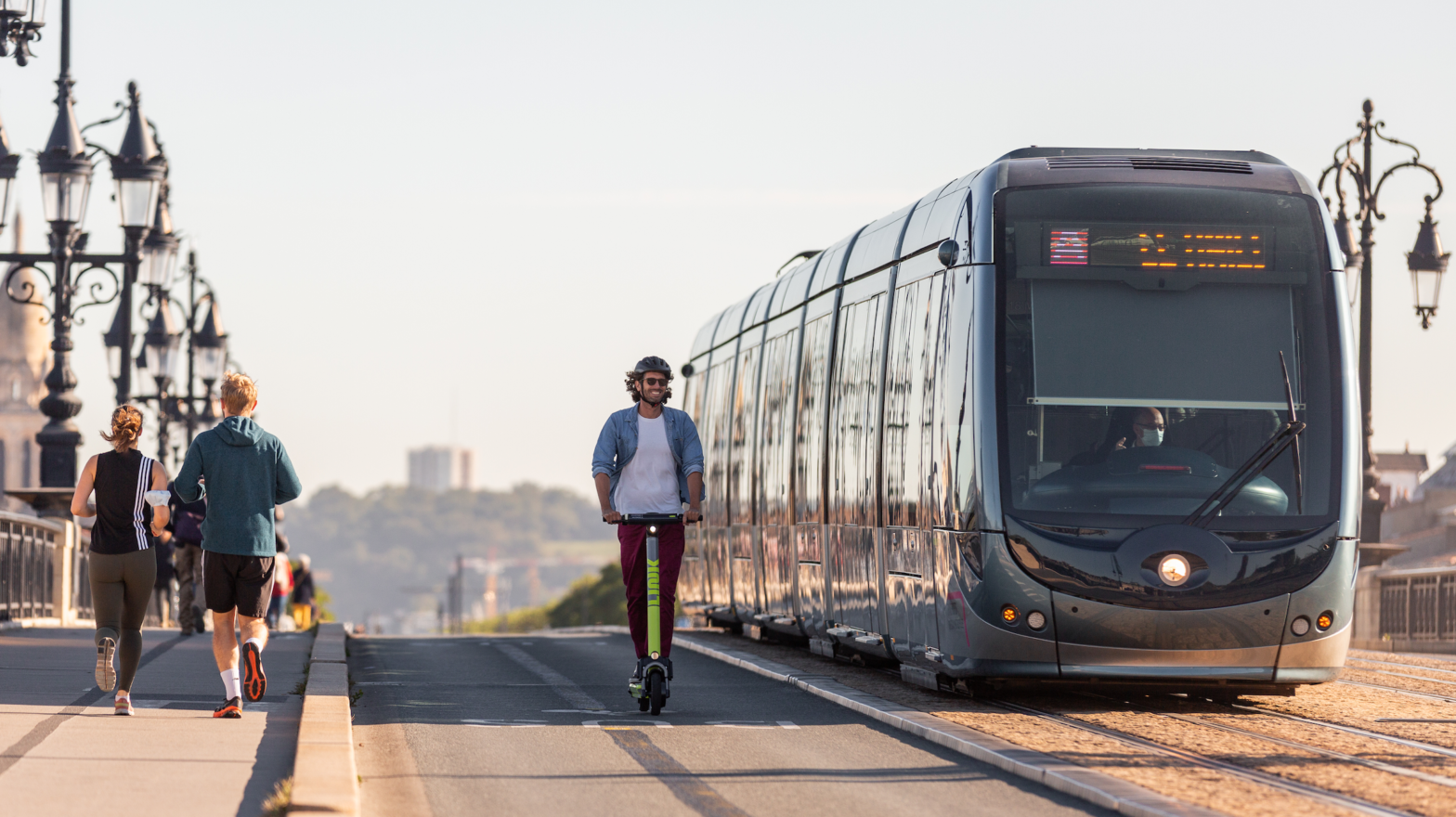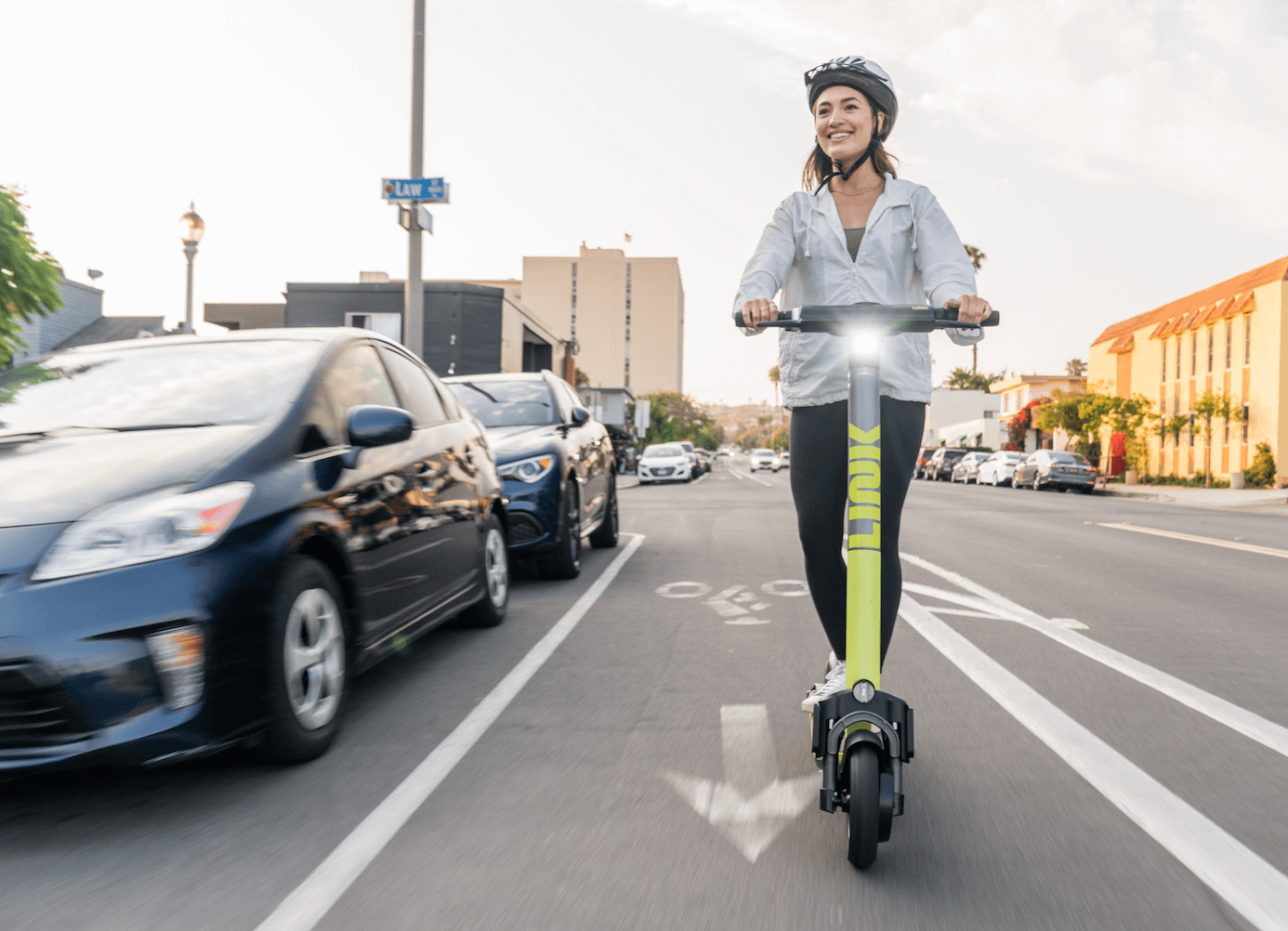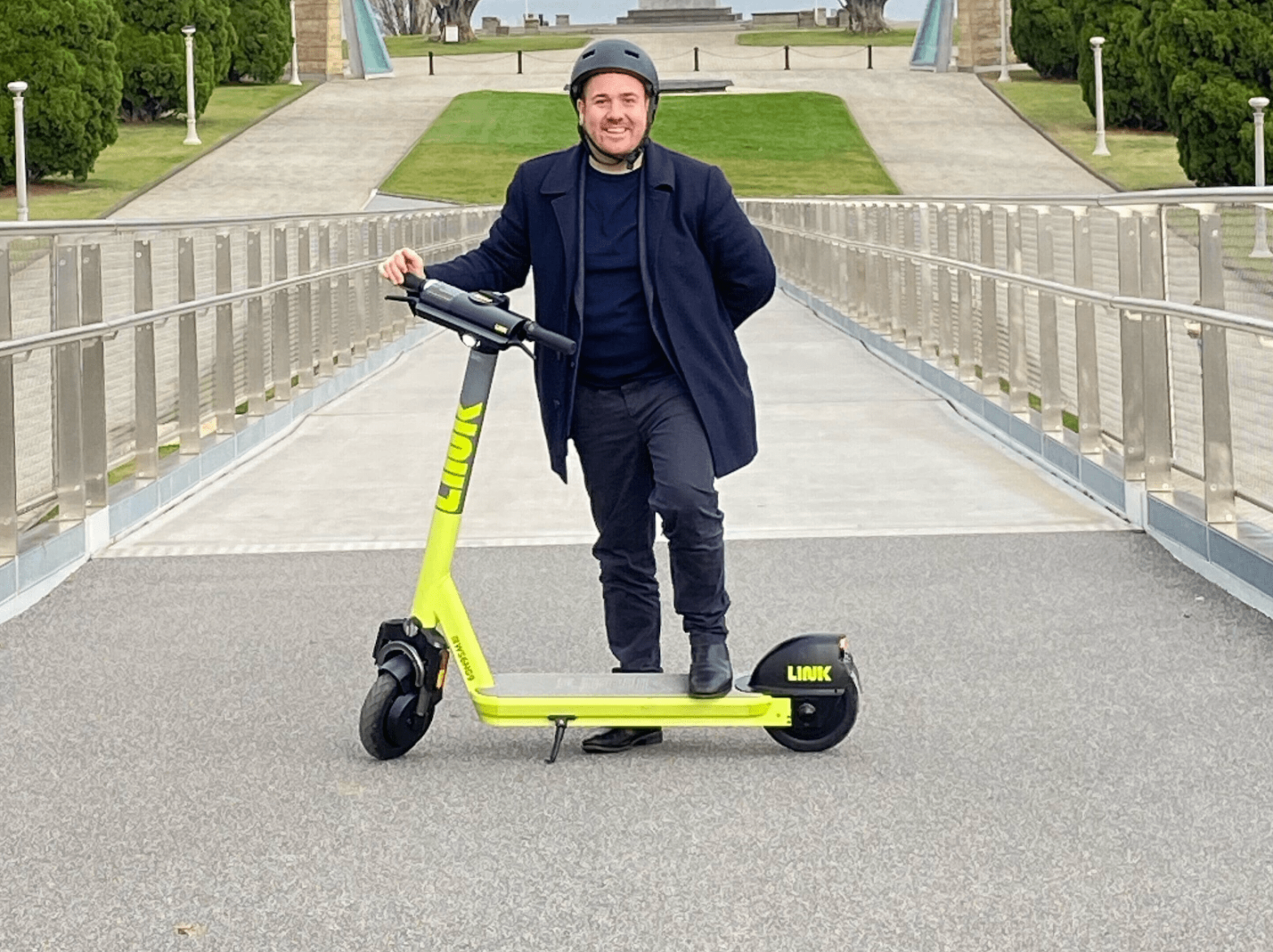
Photo: Superpedestrian
New roadmap reveals how cities can better integrate scooters with public transit
19 April 2022
Mobility hubs that put different transit options at the same locations, better fare integration across modes to lower trip costs, and equity programmes that expand access are methods that can successfully integrate scooters with public transit, says a new report.
The proven city examples and ideas are some of several laid out in a new whitepaper produced by the Cities Today Institute–a peer-to-peer network for urban mobility and innovation leaders–in partnership with Superpedestrian, on how e-scooters are aligning with public transit and why integration can drive more sustainable mobility.
The report examines how Pittsburgh’s ongoing roll out of 50 mobility hubs is successfully bringing scooters into a more formalised partnership, helping them integrate with and boost their transit ecosystem to achieve mobility and climate goals.
“Part of this is keeping public transit as the backbone and the centre of shared mobility in Pittsburgh,” says Tosh Chambers, Senior Programme Director, Move PGH. “Ultimately, we want to see less car usage and an increase in some of these alternative options.”
New figures from Superpedestrian report that two-thirds of its e-scooter trips were not related to tourism or recreational use, but for commuting to work, to school and other daily necessities. In Lisbon, 23 percent of Superpedestrian’s e-scooter trips averted a car journey, while in San Diego, that figure is 32 percent.
Similarly in San Diego, Superpedestrian runs a programme called LINK Serv targets the active and retired military population to receive annual discounts of 30 percent. Another called LINK-Up, is aimed towards anyone who is receiving government assistance and provides a discount.
“Users in both of these programmes connected to public transit more than users without these discounts,” says Joanna Jacob, Senior Manager, Superpedestrian. “In fact, in a recent survey, LINK-Up and LINK Serv riders were over 10 times more likely to say they use scooters to connect to ‘get to a transit stop’ when asked what their typical scooter trip purpose was.”
Challenges still remain, including better fare integration, physical integration through intermodal transport hubs, trip planning integration, and expanding equity programmes.
“Riding an e-scooter to a public transit station every day to go to work, means you are essentially paying twice,” says Dana Yanocha, Research Manager at the Institute for Transportation and Development Policy. “You’re paying for the scooter trip and then the public transit fare which is not really affordable for people on an everyday basis. Increasing uptake and multimodal use is not realistic without some sort of fare integration with transit.”
Cities including Madrid, Milwaukee, Pittsburgh and Seattle believe the ultimate goal is to reduce car usage and ownership and better alignment between scooters and public transit can help achieve this.
“It’s really about having more options for people and offering a lifestyle that you can get without having to own a car,” says Becky Edmonds, Shared & Micromobility Program Manager for the City of Seattle.
“We envision them as an integral part of the public transportation system. Although we still have a lot of work to do to truly integrate, we have great potential for last-mile connection.”
Results six-months into Pittsburgh’s two-year trial are encouraging. A survey of users signed up to the programme said that if a scooter had not been an option, 28 percent would have driven another type of vehicle (moped, car share), 10 percent would have used a ride-hail service, and 10 percent would have driven a personal vehicle.
Interestingly for the city and scooter providers, 30 percent of riders say they have used scooters to link to public transit with 30 percent saying they would expect to do so soon.
Data is still being collected as cities and providers experiment further to find a perfect operating balance between carrots and sticks to unleash operators’ potential but also to align their goals with city goals.
“It’s not a matter of pitting one form of transport against the other but rather how scooters can complement and show the future of non-car ownership and what non-car use might look like,” explains Sebastian Castellanos Senior Research Associate, NUMO Alliance, WRI Ross Center for Sustainable Cities. “It’s about providing those alternatives that people need to feel comfortable with if they are leaving their car behind or selling it. That should be the goal.”
To download a free copy of the report, see: link.city/how-escooters-are-aligning-with-transit









